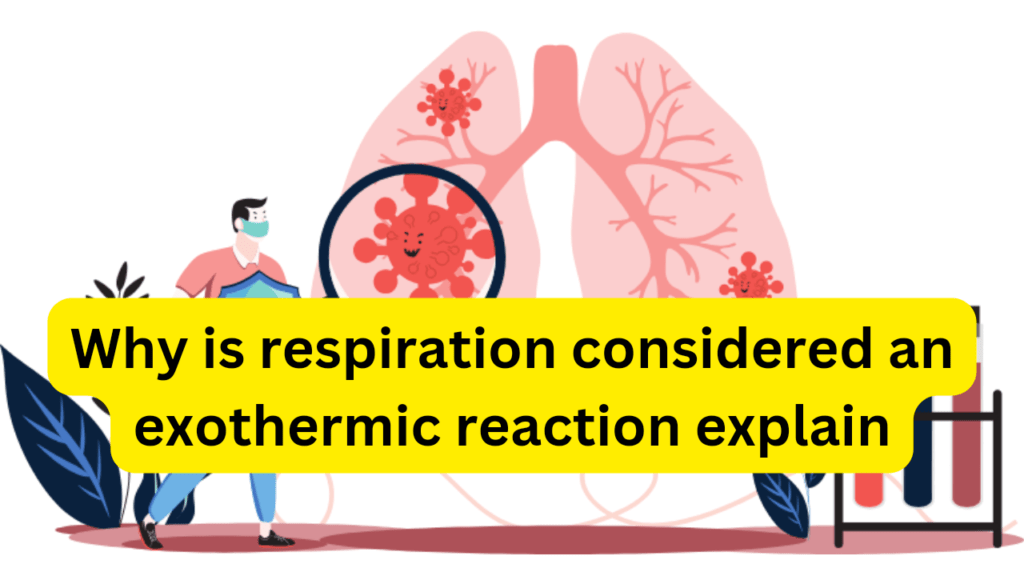Here you will learn about “why is respiration considered an exothermic reaction explain”.
Respiration is a fundamental biological process that fuels the energy needs of living organisms. It involves the conversion of organic compounds into energy, carbon dioxide, and water.
Respiration is considered an exothermic reaction, meaning it releases energy to the surroundings.
What are the Basics of Respiration
Respiration is a complex biochemical process that occurs within the cells of all living organisms. It can be simplified into two main stages: glycolysis and cellular respiration.
Glycolysis takes place in the cytoplasm and partially breaks down glucose into two molecules of pyruvate.
Cellular respiration, which occurs in the mitochondria, completes the breakdown of pyruvate and generates adenosine triphosphate (ATP), the cell’s primary energy currency.
How Energy comes in bonds
Chemical bonds found in glucose and oxygen molecules, store energy. When these bonds are broken during respiration, the stored energy is released.
Glycolysis involves breaking the chemical bonds within glucose molecules, leading to the formation of pyruvate and the release of a small amount of energy.
Cellular respiration, particularly in the electron transport chain, significantly amplifies this energy release. Electrons are transferred between molecules, and the energy generated from these electron transfers is used to synthesize ATP.
How Heat Produced
One of the key indicators of an exothermic reaction is the production of heat. During respiration, as the chemical bonds in glucose and other organic molecules are broken, heat is released.
This heat is a result of the kinetic energy of the molecules involved. As the reactants transform into products, the overall energy of the system decreases, and this decrease in energy is released as heat.
What is the Role of Oxygen
Oxygen plays a pivotal role in respiration as the final electron acceptor in the electron transport chain.
In this process, electrons are transferred between molecules, and oxygen is responsible for accepting the electrons and combining them with protons to form water. This step called oxidative phosphorylation
This step is highly exothermic, releasing a substantial amount of energy in the form of heat.
Measuring Energy ATP
ATP is the cell’s energy currency, it’s synthesized throughout the process and contains high-energy phosphate bonds.
The energy released during the breakdown of glucose and other organic compounds is stored in the form of ATP.
This stored energy is then readily available for various cellular activities, including muscle contractions, active transport, and the synthesis of molecules.

An awesome session
Thank you